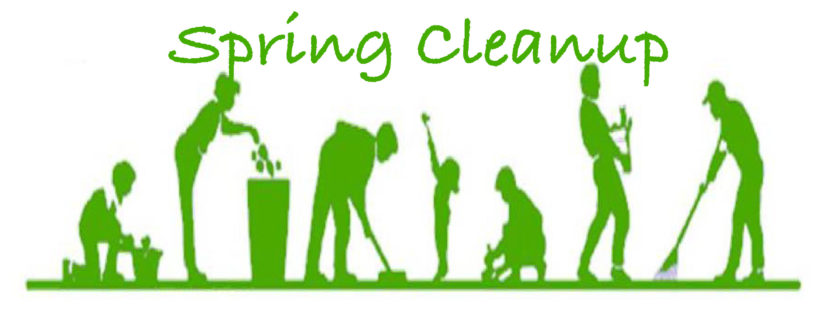You might, or perhaps might not have noticed, that I’ve done a bit of a spring clean. This is where I now proceed to babble about that a bit.
From the readers viewpoint, it is a new look via a new WP theme, but under the covers a lot more is going on.
The User experience
I’ve gone for a new layout that I hope has not only decluttered, but has also simplified, and yet also makes information a lot more accessible.
Under the covers
What is perhaps not so obvious is that behind the theme a lot more has changed. I’ve more or less abandoned my previous hosting provider and have done something completely different, I’m now hosting it all myself within the Google Cloud Platform. When it comes to cloud providers GCP is No.3 behind AWS and Azure, hence their pricing reflects their desire to both keep up and catch up.
I love that I have a lot more flexibility – Bye bye apache and hello nginx.
Why nginx? Well, because it is a lot better … no seriously, I’m not being religious about this, it really is.
I’ve spun up a virtual machine and now have wordpress running on that. At first I thought I had cracked it, but soon discovered it was maxing out. No problem, bump the size … oh but wait, it was still maxing out again. Ah, it is the DB, I need to tune that, and so I started down the track of tuning MySql, then paused when I realised I don’t need to do that. Instead I spun up a Cloud SQL instance and used that. The beauty is that Cloud SQL is a fully managed DB … or to translate … by doing that I abstract away a lot of the complexity.
Why Cloud hosting?
Flexibility is the name of the game. I can adjust the size of it all as needed. Disk, memory, etc, can all be quickly changed.
The disk is of course all SSD. The theme also matters, it is not simply all about looks, it is also a lot lighter, hence a lot more responsive.
Spring Clean Goals
I’m not quite there yet and may yet tweak a few more things. I wanted to get to a 1 second load time for fully loaded pages, but have only reached 1.2 seconds.
So what comes next?
Nothing (hopefully) that will be noticed by readers, but instead a little bit more caching, reverse caching, CDN, type of stuff. Eventually I can sit back and go “Hey wow, that was 20 ms faster“, and then relax. What is inevitable is that where I am now has taken 90% of the effort, and so that last 20 ms will cost me yet another 90% of effort.
This stuff is like that. Once you start playing there is a temptation to keep going because it is fun. Then again, there will come a point where it is good enough. I suspect I’m at that point now, but I’ll probably keep fiddling a bit more.

Hello, all!
Thank you for the useful article.
Here is my opinion.
According to this article – https://www.scalahosting.com/blog/nginx-vs-apache/ – Ngnix is faster than Apache but /NOTE!!/ for static content mostly.
If you use popular CMS like WP, for example, it is dynamic web content platform, so in this case it never mind what kind of server you use.
I am familiar with Apache server so I do this steps:
Choose fast hosting provider – it reflects Time to First byte
Use .htaccess code to cache and gzip/deflate resources like .CSS .JS images icons etc. – no plugins needed (you can find such code with Google)
Use proper image size, optimize them with Smush plugin or with Tiny JPG / PNG tool
Clear all the comments in the HTML code, if possible
If you run Apache on Google Cloud /virtual machine/ or Bitnami it will fly .. :)